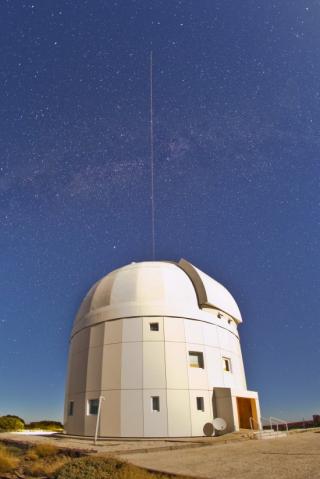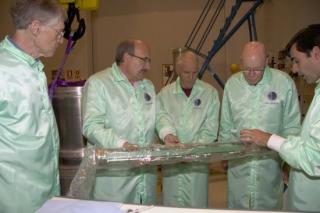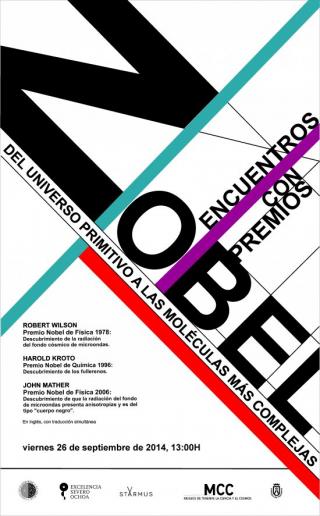
Las organizaciones públicas podrán sugerir nombres para algunos sistemas de estrellas con planetasy será el público general el que elija con su voto
Advertised on
This section includes scientific and technological news from the IAC and its Observatories, as well as press releases on scientific and technological results, astronomical events, educational projects, outreach activities and institutional events.





